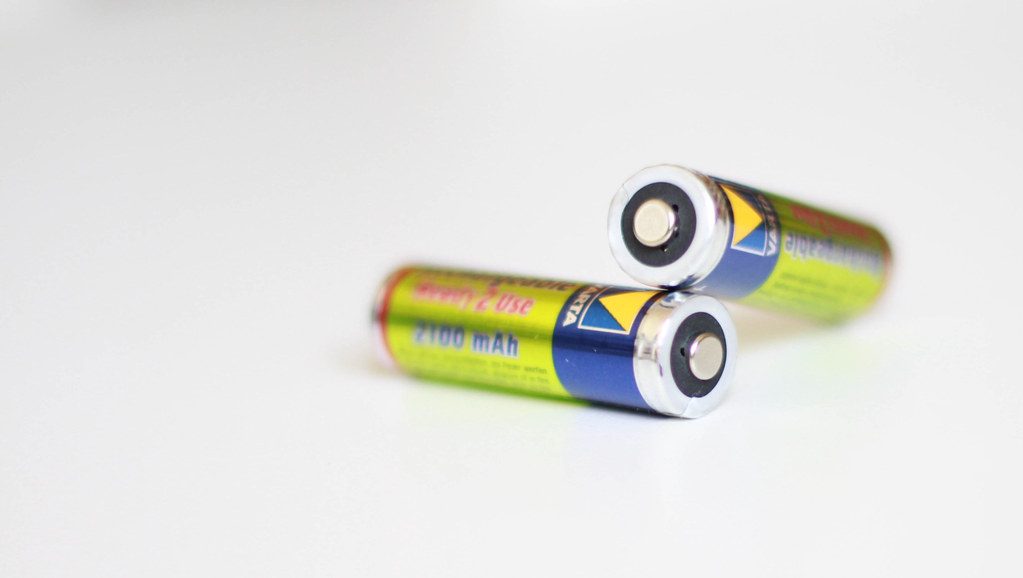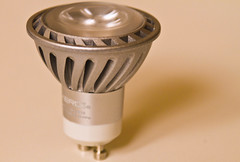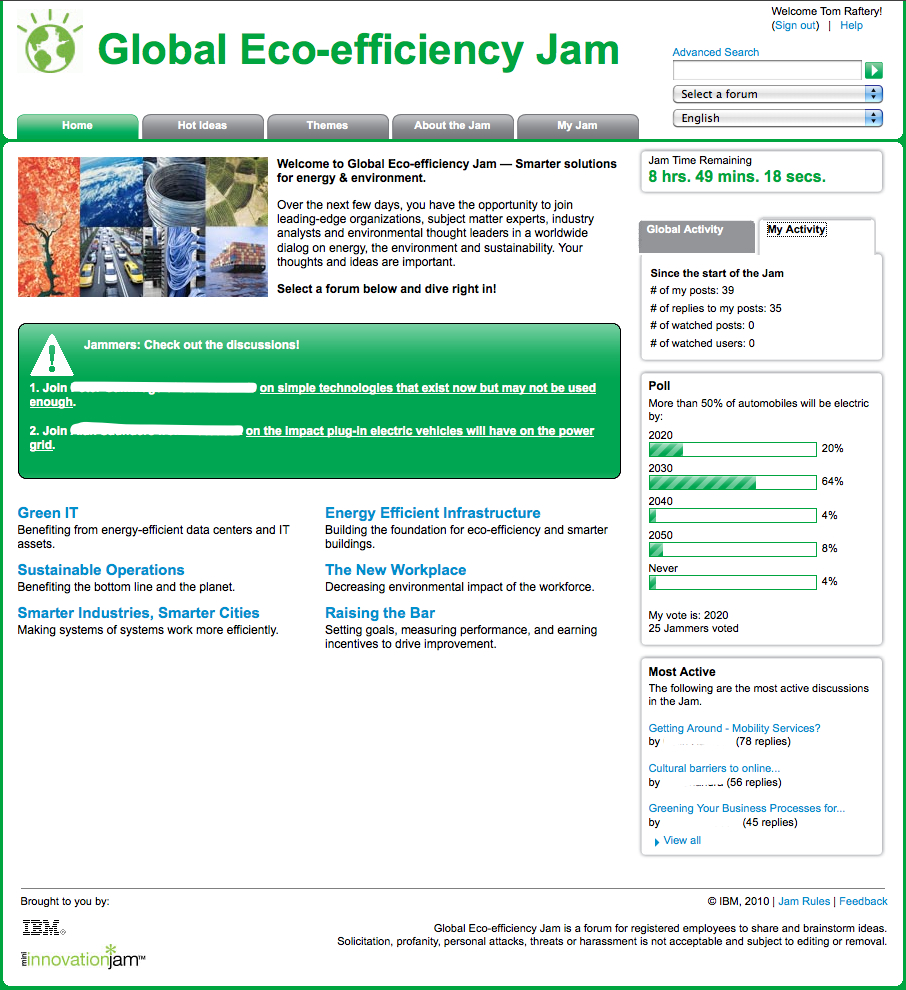We had a great Energy and Sustainability show yesterday – in case you were unable to make it, I recorded the video (above) and the chatstream (below):
Mon, 8 Feb, 16:22
Tom Raftery :
Monday Feb 8th – show kicking off in just under 10 mins
Hi everyone, can you see/hear me ok?Mon, 8 Feb, 16:31
Joe Garde :
all good tomMon, 8 Feb, 16:32
Tom Raftery :
http://www.theecologist.org/News/news_round_up/409887/rbs_labelled_dirtiest_bank_in_britain.html
http://www.huffingtonpost.com/john-decock/nuclear-energy-toxic-expe_b_446868.html
http://www.greenpeace.org/international/news/japan-guilty-whaling080210Mon, 8 Feb, 16:36
jonerp :
Tom, it’s ok, we can drink that nuclear water after the plant is done with it – you gotta mellow outMon, 8 Feb, 16:37
Tom Raftery :
http://www.businessgreen.com/business-green/news/2257313/fertile-topsoil-lost-globally
http://tcktcktck.org/stories/climate-news/think-tanks-take-oil-money-and-use-it-fund-climate-deniers
http://www.naturalnews.com/028108_Chevron_Ecuador.htmlMon, 8 Feb, 16:40
jonerp :
God I hate that oil company sponsored pseudo scientific “research”….and I see so called “reasonable” people citing that research all the time…grrrrr…..Mon, 8 Feb, 16:41
Tom Raftery :
https://secure.avaaz.org/en/chevron_toxic_legacy_5/
http://www.businessinsider.com/goldman-strong-us-manufacturing-data-plus-nigerian-violence-means-oil-will-rally-2010-2
http://www.guardian.co.uk/business/2010/feb/07/branson-warns-peak-oil-close
http://www.newenergyworldnetwork.com/renewable-energy-news/by_technology/energy_efficiency/renewable-energy-utility-good-energy-criticises-uk%E2%80%99s-feed-in-tariff-rate.html
http://twitter.com/vkhosla/status/8781076971Mon, 8 Feb, 16:45
jonerp :
oil energy scarcity is one of the big looming clouds blocking the view of any true long term economic recovery – without more progress on renewable economic and energy models that is.Mon, 8 Feb, 16:48
Tom Raftery :
http://www.flickr.com/photos/traftery/Mon, 8 Feb, 16:49
jonerp :
oh, and anyone who thinks that “coal is clean” has never held the stuff in their hands.Mon, 8 Feb, 16:49
Tom Raftery :
http://www.flickr.com/photos/traftery/4340528102/
http://www.flickr.com/photos/traftery/4339782517/
http://www.flickr.com/photos/traftery/4339781747/
http://www.abengoasolar.com/corp/web/en/our_projects/solucar/index.html
http://www.youtube.com/watch?v=Wq58zS4_jvM&feature=channel
http://climateprogress.org/2010/02/07/audi-green-police-worst-green-superbowl-commercial/
http://www.audiusa.com/us/brand/en/models/a3.html
http://greeninc.blogs.nytimes.com/2010/02/08/quebecs-new-vehicle-emission-law-in-dispute/Mon, 8 Feb, 16:53
Joe Garde :
tar sands on google maps – http://bit.ly/dsExVN zoom inMon, 8 Feb, 16:54
Tom Raftery :
http://www.telegraph.co.uk/finance/newsbysector/energy/7182811/BP-faces-investor-revolt-over-Canadian-oil-sands-project.html
http://news.techworld.com/green-it/3212190/energy-star-rating-for-green-data-centres-to-launch/?cmpid=TD1N5&no1x1
http://www.businessgreen.com/business-green/news/2257160/top-brands-usher-era-green
http://www.theecologist.org/News/news_round_up/411050/uk_joins_calls_for_ban_on_atlantic_bluefin_tuna_trade.html
http://www.treehugger.com/files/2010/02/cites-supports-international-trade-ban-bluefin-tuna.php
http://planetgreen.discovery.com/work-connect/uhaul-creates-reuse-center.html
http://www.treehugger.com/files/2010/02/los-angeles-may-get-mandatory-rainwater-harvesting-law.php
http://www.csrinternational.org/?p=6340
http://www.youtube.com/watch?v=i51zo3LA70U&feature=player_embedded
http://www.symphonyofscience.com/index.htmlMon, 8 Feb, 17:07
jonerp :
Thanks Tom.Mon, 8 Feb, 17:07
divydovy :
great show Tom, thanksMon, 8 Feb, 17:07
Joe Garde :
great Tom.. thanksMon, 8 Feb, 17:08
Tom Raftery :
Thanks everyone for your time, interest and contributionsMon, 8 Feb, 17:08
MikeTheBee :
Well done, I was a bit limited in bandwidth today, so will watch back l8r. Thx









